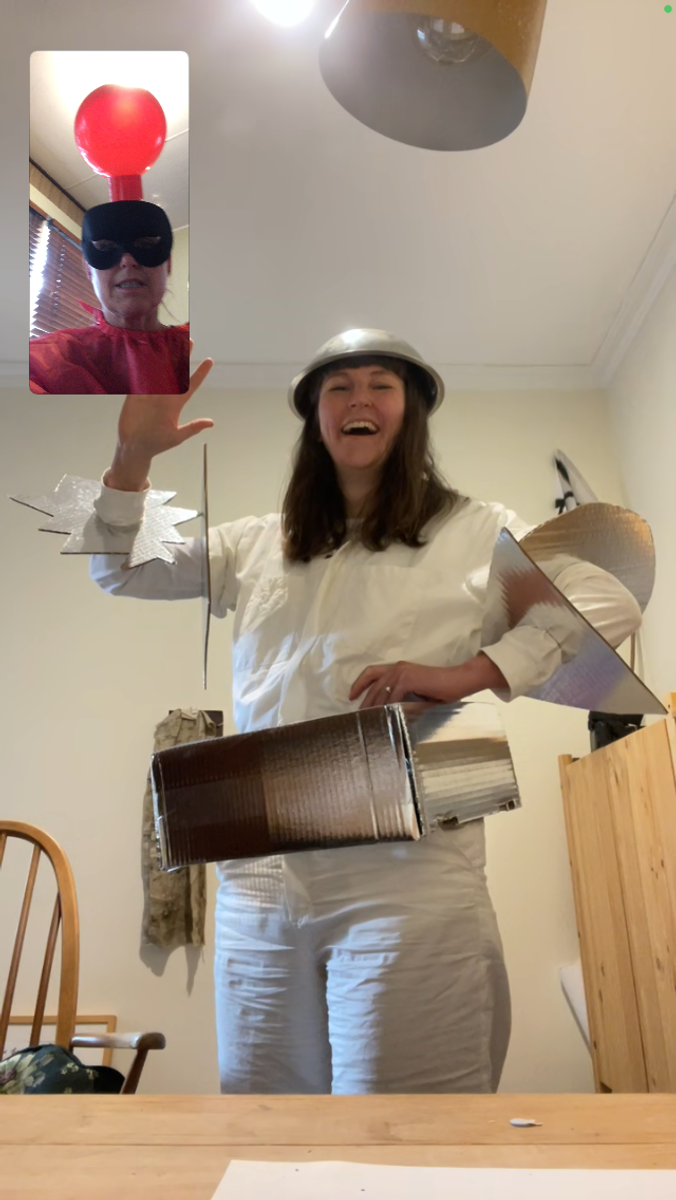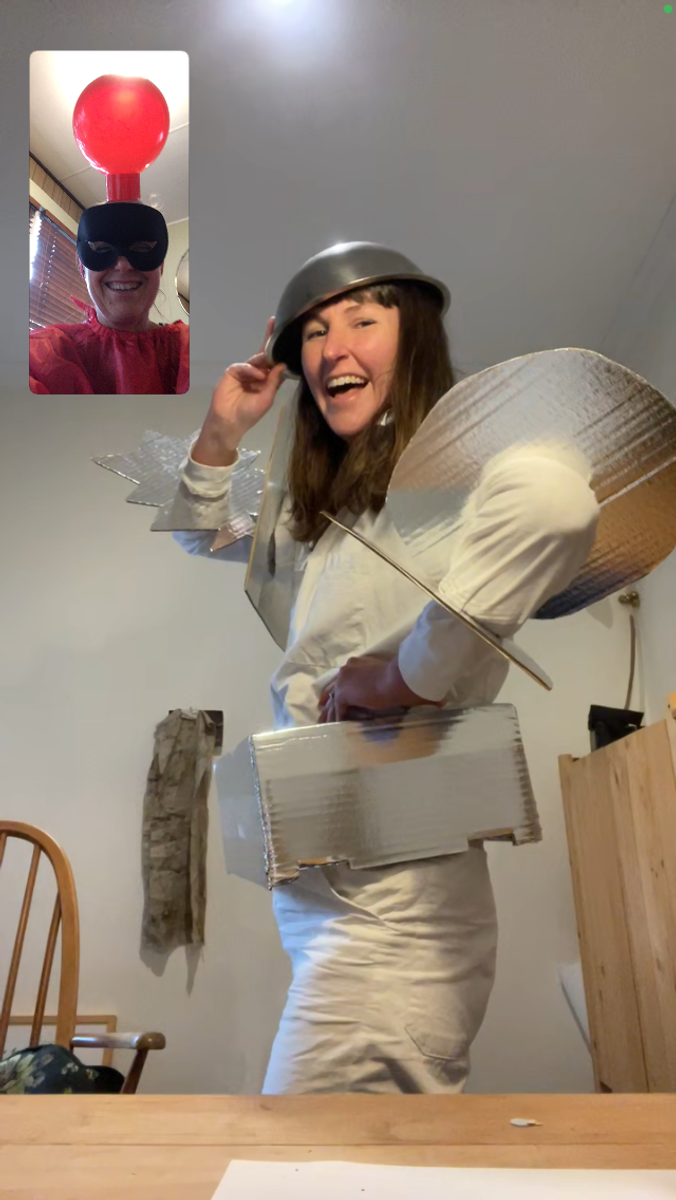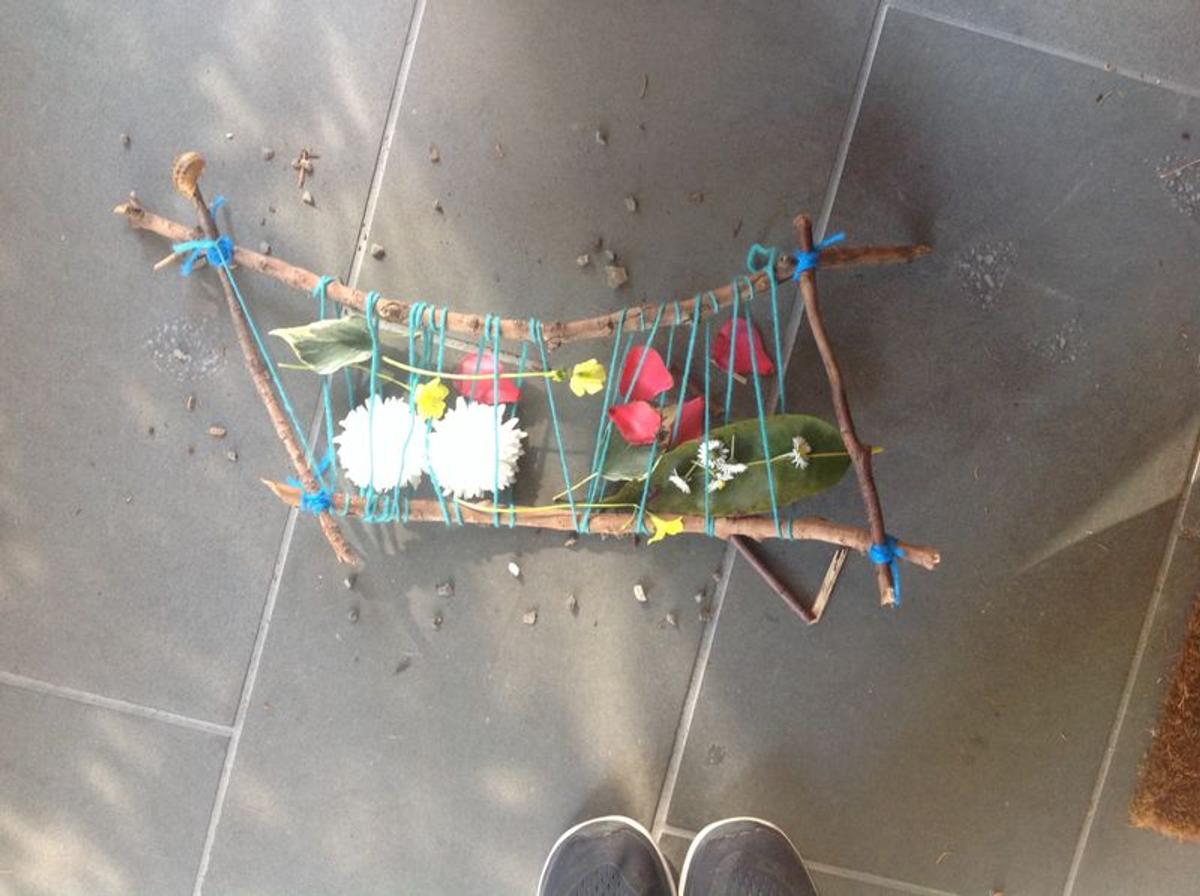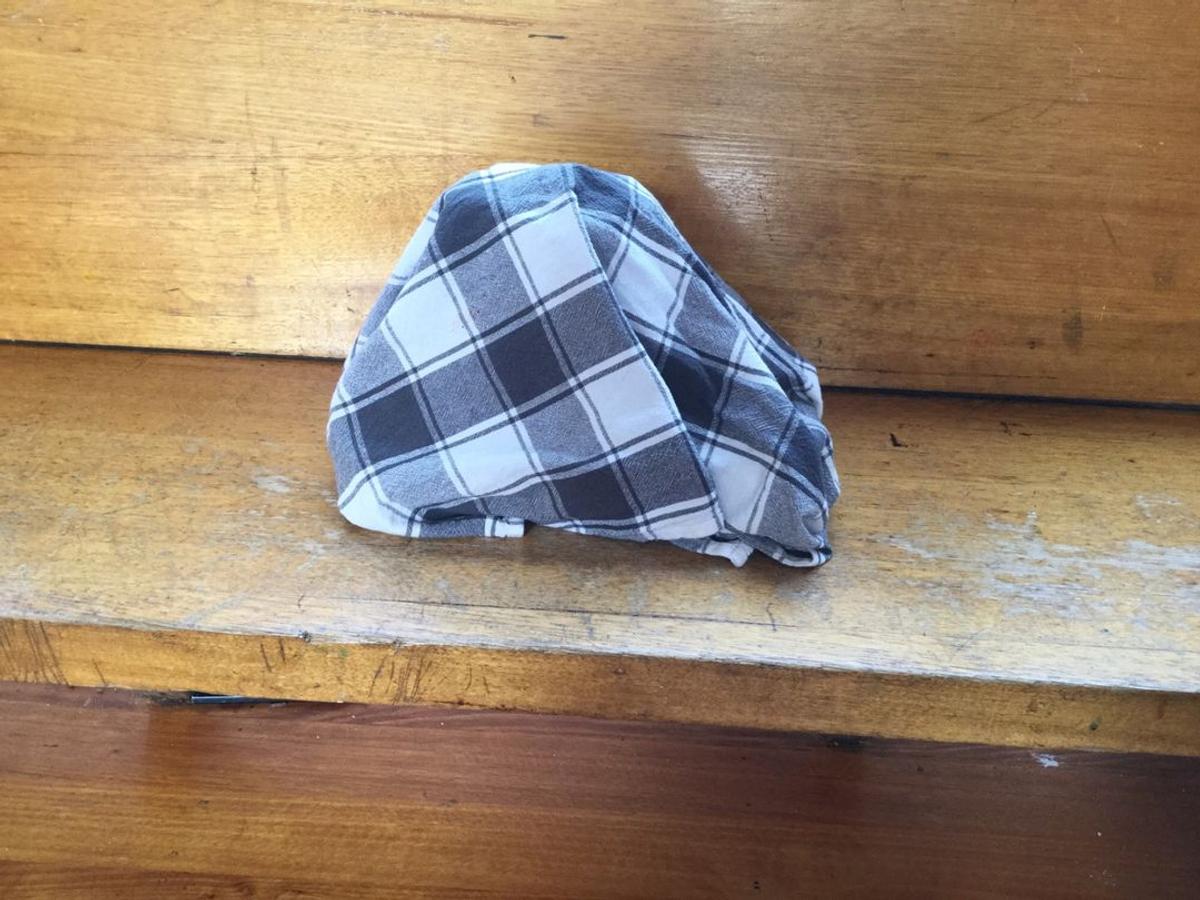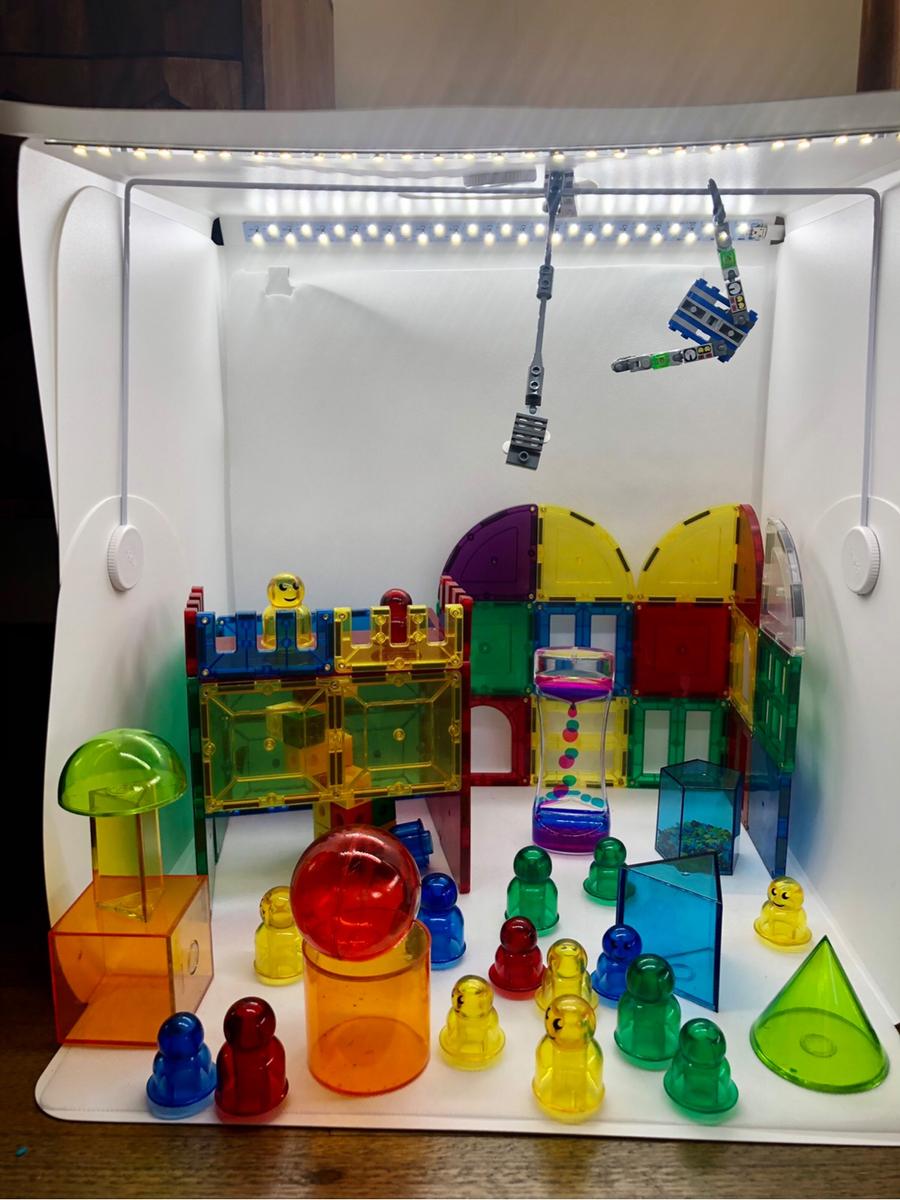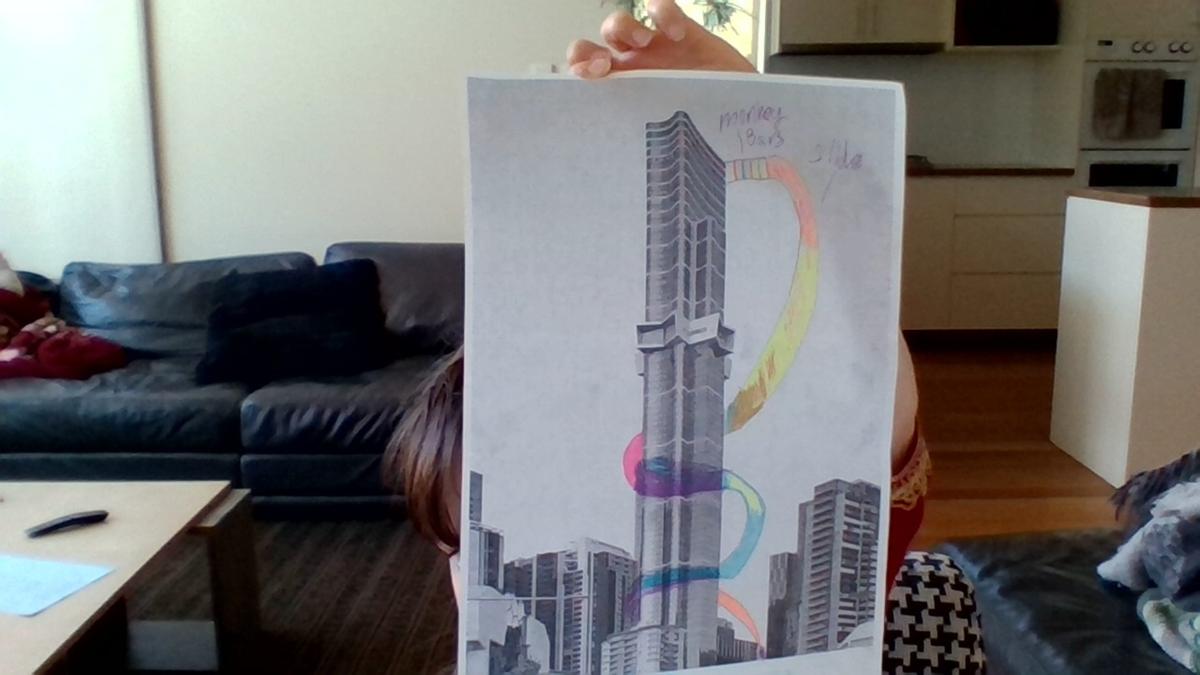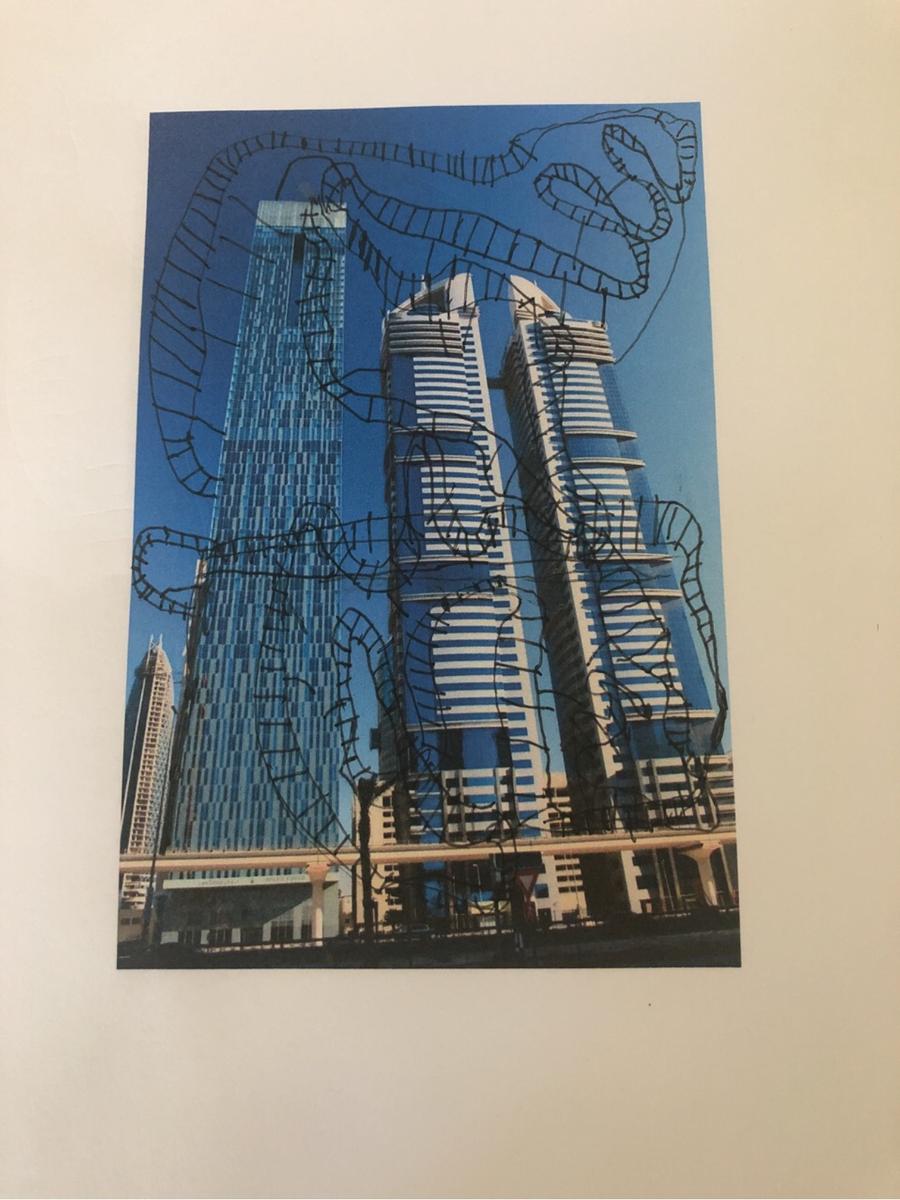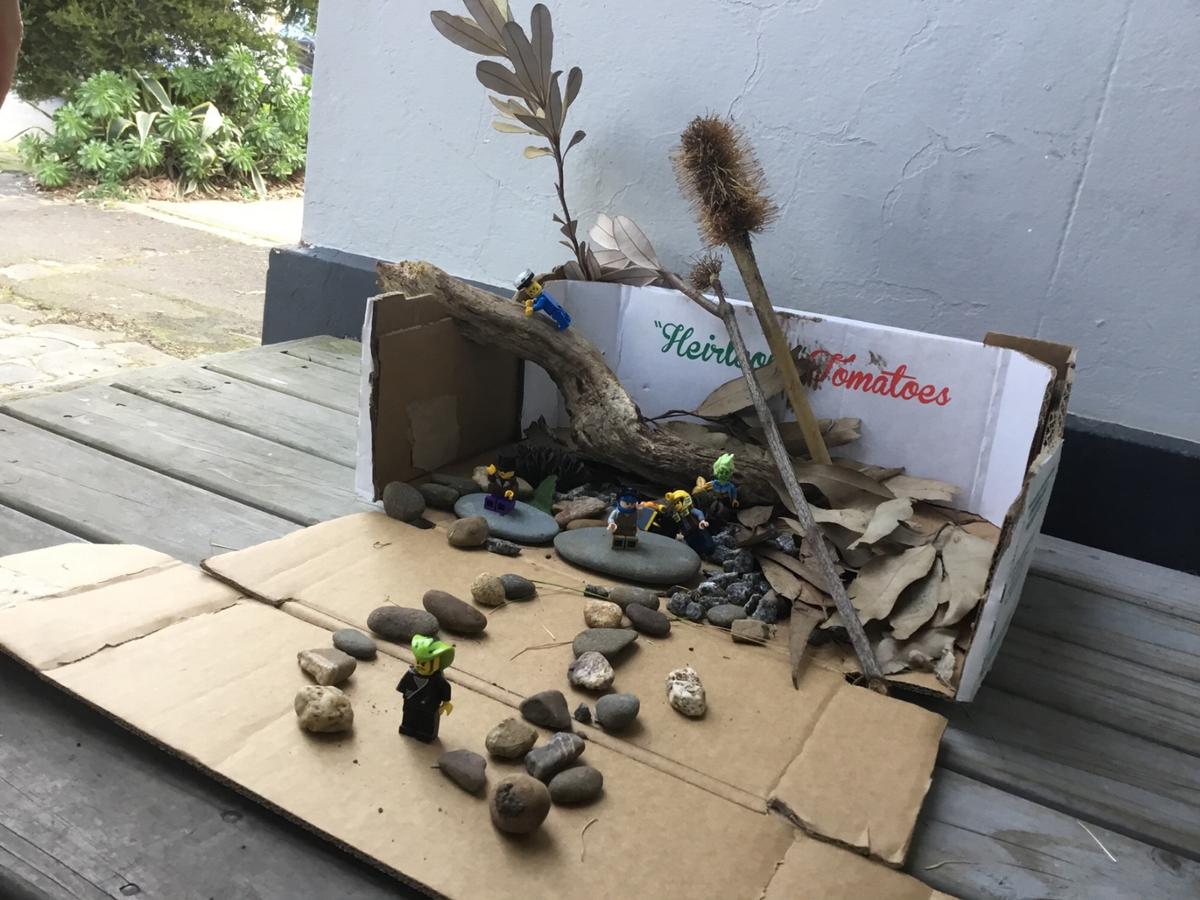Arlington Art
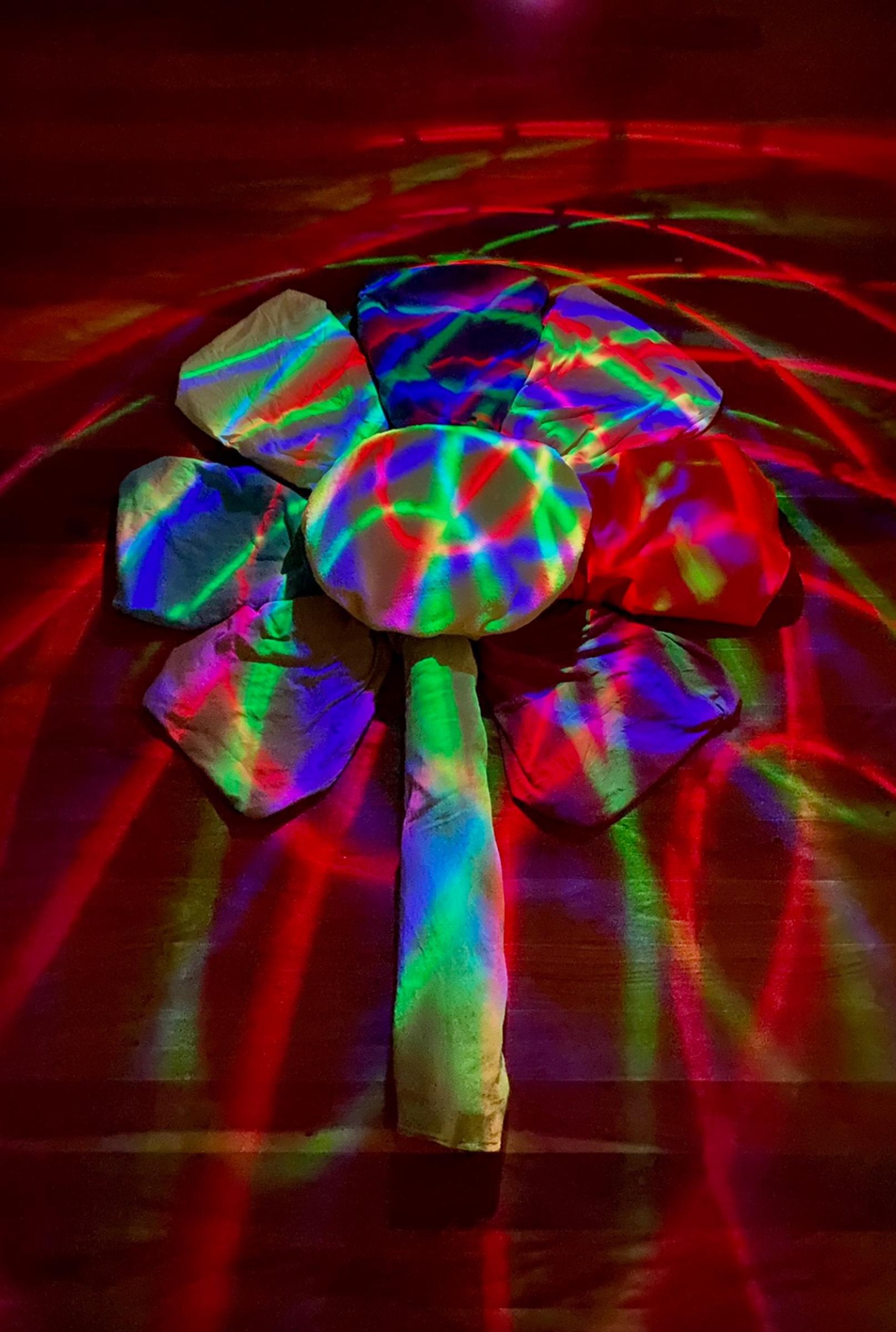
Throughout history, artists have been at the forefront of thinking. Now, more than ever, in a world that is constantly in flux, we need creative thinkers. In the Treehouse Studio, we continually reflect on how we can teach art in a way that develops learners that think like artists. Columbus Museum of Art, Executive Assistant Director and Director of Learning and Experience, Cindy Foley, says that we need to stop the “pervasive, problematic and cliché messaging that implies that creativity is somehow defined as artistic skill.” She says that as educators, we need to focus on “three critical habits that artist employ, 1. Comfort with Ambiguity, 2. Idea Generation, and 3. Transdisciplinary Research.”
At Preshil, we teach for creativity, exploring the process of thinking and reflecting as an artist alongside developing artistic skills. Curiosity, experimentation and play are the backbone of our program. Online learning has been an opportunity to think outside our normal modes of teaching and learning and discover new ways of engaging with the children. Perhaps we have already caught your curiosity during one of your child’s Art Zooms sessions dressed in costume, masks or dancing across the screen to the experimental sounds of the Bauhaus composers. We are having lots of fun and hope your children are too.
The Lighthouse keepers have been continuing their exploration of what an artist is, where they find inspiration, and what materials they use. They have explored the studios of different artists and made their own studios at home. Following on from their natural dying at school, the Lighthouse artists have continued to explore fibre art. They looked at different artists who use fabric to wrap such as Christo and Man Ray. They had a go at creating a mysterious sculpture by wrapping objects. They also created their very own nature weavings with items foraged from their garden or local park.
The Lofties have been thinking about the viewer, designing all sorts of wild and wonderful installations that activate the senses. Inspired by Carsten Holler’s giant slippery slides that he installed into public buildings, galleries and museums, the Lofties came up with their own playful designs for incorporating playground features into buildings. They experimented with different materials to make scaled down models of art installations, imagining how a Lego person or figurine might move through their designed space. They focused on colour, shape, texture, repetition and scale. Kurt Schwitters sparked their imagination with his Merzbau (1923-19370), an installation that took over his whole home. They created installations in their home for family members, based on a feeling or emotion. This exploration continues our inquiry into ‘Art is a language that can be used to express’ and aims to further their understanding of different mediums and approaches to art making.
Putting their stop motion animations on hold until we are back on site, the Sunroom have engaged in a new inquiry into the constructions that we wear. They have been inspired by masks from history as well as contemporary artists who make masks from recycled and repurposed materials. They have begun the research stage in a scaffolded design process to create a wearable survival kit for an imaginary nomad. They explored the practical and sentimental role that objects play in our lives, creating their own ‘I wouldn’t leave the house without...’ list. Through a process of research and reflection, they are editing this list to reflect the needs and requirements posed by the landscape their imaginary nomad will wander.
Preshil has a tradition of screen printing; each member of the Peppercorns designs and screen prints their own piece of clothing as a keepsake. This year, the Peppercorns have become designers for Treehouse Design Studio Inc. They were presented with the design brief: Create a design that expresses a positive memory or experience of Preshil, to be printed onto an item of clothing. To guide them through their design process, we have been using the cyclical model of Discover - Plan - Make - Respond. Our young designers have been exploring how we can communicate through the art elements and principles.
Whether you realise it or not,
most of the decisions
you make,
everyday,
are by design.
- Chip Kidd
They have designed their own album covers, logos and reflected on the designs of other artists. We are looking forward to taking their designs back into the classroom to print next term.
In an attempt to let curiosity and ambiguity reign, we have a fun art challenge for you and your family. Practice visual thinking strategies by exploring the artwork in the following link
https://collection.heide.com.au/objects/982. Please resist the temptation to read the didactic or title before or after the activity as there are no right or wrong answers. All interpretations are valid. Start a conversation with your children by asking, “What do you think is happening in this artwork?” followed by “What can you see that makes you think that?”. This second question asks them to give visual evidence. You could come up with multiple narratives for the one artwork… It's like a ‘choose your own adventure’ story. Have fun with it and send through your interpretations to claire.robertson@preshil.vic.edu.au and we will publish them in the next newsletter. We are looking forward to all the wonderful and different interpretations that you come up with.
Claire Robertson and Debrah Brinkworth
Art Teachers
claire.robertson@preshil.vic.edu.au
deb.brinkworth@preshil.vic.edu.au


